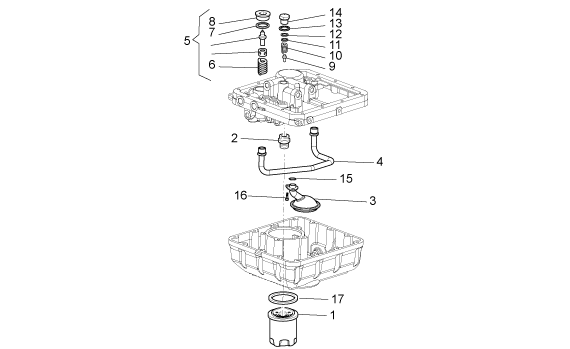Now there's an idea! You give the bike a flogging so the oil gets all hot and collects all particulates still around or about to let go of their attachment to the various walls, bits and pieces. Then you let the bike sit for a good while with the sump on a thing like this

so the oil drains to the bottom and keeps nicely warm, and then you drain.
(no, I'm not saying you should fry anything in the pan that collects the oil ... no matter how much it looks like gravy :silly

so the oil drains to the bottom and keeps nicely warm, and then you drain.
(no, I'm not saying you should fry anything in the pan that collects the oil ... no matter how much it looks like gravy :silly

